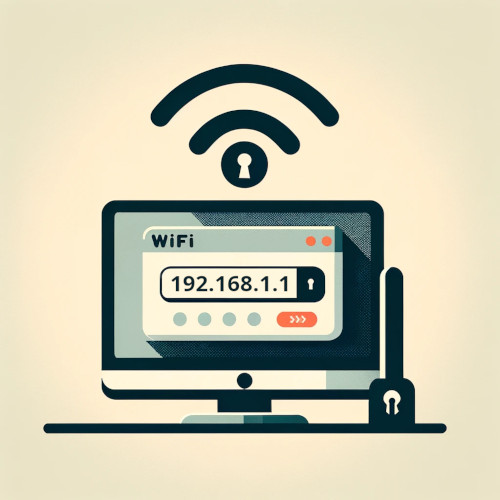How to change wifi password
Understanding the Basics of WiFi Security
In today's digital age, the importance of WiFi security cannot be overstated. Your WiFi network is the main portal through which all your internet traffic flows. Ensuring its security is not just about preventing unauthorized use of your internet, but also about safeguarding your personal information from potential cyber threats.
A key aspect of WiFi security is your network's password. This password controls access to your network and, by extension, to all the devices connected to it. Regularly updating this password is a simple yet effective method to enhance your network's security.

Step-by-Step Guide to Accessing Your Router Settings
The process of changing your WiFi password starts with accessing your router's administrative settings. This is usually done through a web browser. You'll need to know your router's IP address, which can often be found on the bottom of the router or in its manual. Common IP addresses include 192.168.0.1 and 192.168.1.1.
Once you enter the IP address in your browser, you'll be prompted to log in. If you haven't changed your router's default login credentials, they're often something simple like 'admin' for both username and password. However, it's recommended to change these default credentials for added security.
Navigating the Router Dashboard for Password Changes
After logging in, you will be directed to the router's dashboard. This interface varies depending on the router's brand and model, but it generally includes a section for wireless settings. It's in this section where you can change your WiFi password.
In the wireless settings menu, look for terms like 'Wireless Security', 'WPA2', or 'Network Password'. This is where you can set or update your WiFi password. Be sure to apply or save changes before exiting the menu.
Choosing a Strong and Secure New WiFi Password
When creating a new password, the goal is to make it strong and difficult to guess. Avoid common passwords like '123456', 'password', or 'admin'. Instead, use a mix of letters, numbers, and symbols. Aim for a length of at least 12 characters.
Avoid using personal information like birthdays, anniversaries, or names. These can often be easily guessed or found out by potential intruders. Random combinations of words and numbers are usually a better choice.
Updating Your WiFi Password in Simple Steps
After choosing your new password, enter it into the appropriate field in your router's settings. It's crucial to save or apply these changes before logging out. Failing to save the changes will mean your password remains unchanged.
Be prepared for all your devices to get disconnected from the WiFi network once the password is changed. You will need to reconnect each device with the new password. This is a small inconvenience for a significant gain in security.
Protecting Your Network: Tips for a Secure Password
Besides creating a strong password, it's important to keep it confidential. Only share your WiFi password with those who absolutely need it. The more people who know your password, the higher the risk of a security breach.
Regularly updating your password is another effective strategy. Changing your password every few months can significantly reduce the likelihood of unauthorized access to your network.
Essential Steps to Modify Your WiFi Password
Once you've changed your password, take a moment to update the connection on all of your devices. This includes not only your computer and smartphone but also any smart home devices, like thermostats or security cameras, that are connected to your WiFi network.
If you experience any connection issues after updating your password, a simple reboot of your router and devices can often resolve these problems.
Ensuring Your Internet Safety with a New Password
Regularly updating your WiFi password is a key step in maintaining your online safety. It helps protect against unauthorized access and ensures that your private information stays private.
Remember, your WiFi network is as secure as the password protecting it. By taking the time to create a strong password and updating it regularly, you're taking a major step in protecting your digital life.
A Beginner's Guide to Changing WiFi Credentials
If you're new to networking, the process of changing your WiFi password might seem daunting. However, most router interfaces today are designed to be user-friendly, guiding you through the process with clear instructions.
Don't hesitate to consult your router's manual or online support if you get stuck. Many manufacturers provide step-by-step guides specific to their models on their websites.
Keeping Your WiFi Safe: How to Update Your Password
In conclusion, regularly changing your WiFi password is a crucial yet often overlooked aspect of digital security. By following the steps outlined in this guide, you can ensure that your network remains secure against potential intruders and cyber threats.
Remember, your WiFi network is your gateway to the internet. Keeping it secure is essential in protecting not just your online activities but also your personal information.